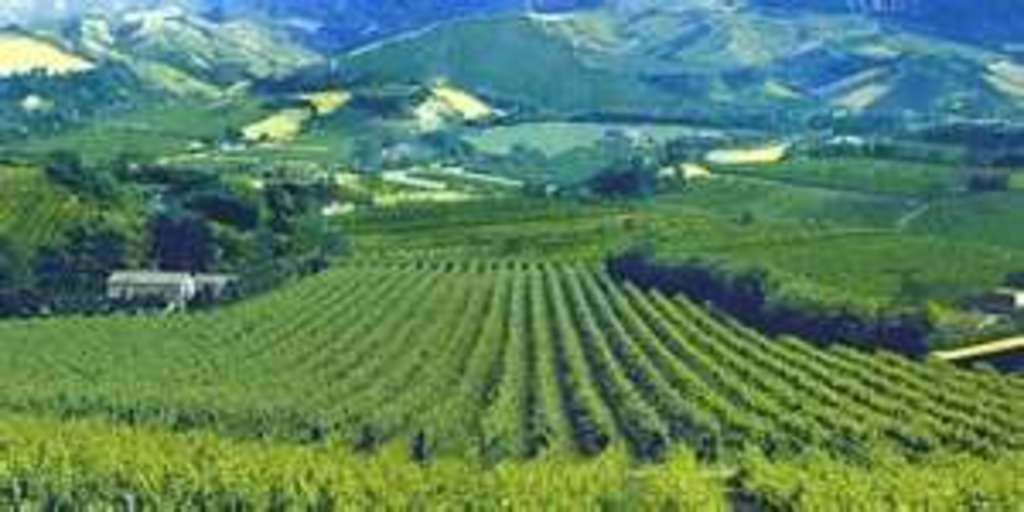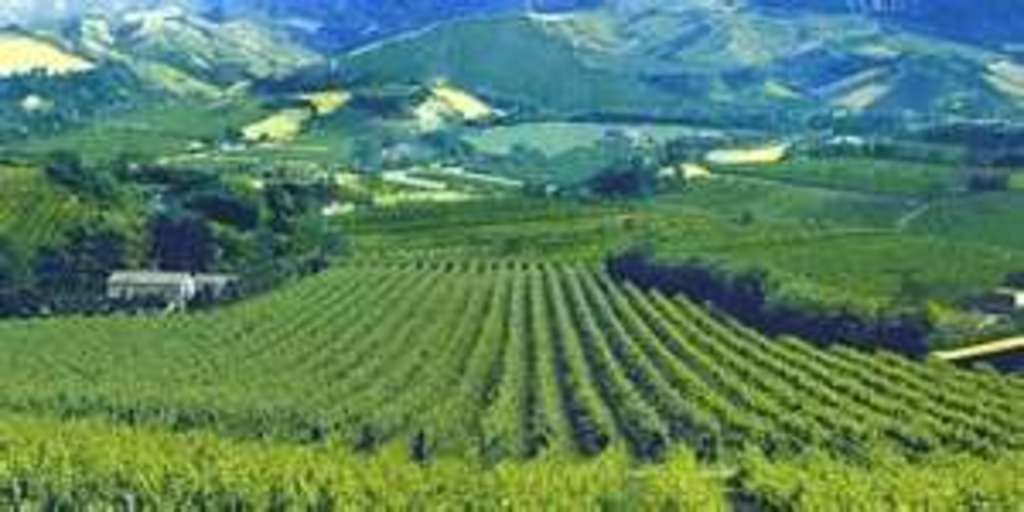2,700 years ago, on the sun drenched slopes of Mount Falerna near Campania and Latuim in Southern Italy, Aglianico grapes basked in the sun in three very special vineyards. The first vineyard was known as the Caucinian Falernian and was located on the highest slopes, the second vineyard was the Falernian found on the lowest slopes; and between the two vineyards rested the third the prized Faustian Falernian vineyard. These precious vineyards were owned by Roman aristocracy for millennia and are still under vine today. Originally, the Phoenicians cultivated the grape in Greece. During the 7th or 8th BCE the Greeks brought the Ellenico grapes to Italy where it gained its new name: Aglianico.
The Falernian wine made from these ancient Aglianico grapes, from the Faustus vineyard were the world’s first Premier Cru, and were reserved for the extremely wealthy and important members of Roman society. It was a wine of legend and heritage, written about by famous poets, philosophers, scholars, and historians. The grapes were harvested late in the season and had tremendous levels of sugar resulting in a sweet wine with very high alcohol content. The wine was left to oxidize for up to twenty years in clay amphorae vessels. The potent sugar and alcohol content of the wine made it age worthy and suitable for travel. The Roman legions carried Falernian throughout Europe and as far north as Britain. Pliny the Elder commented, “It is the only wine that takes light when a flame is applied to it.” He also described a particular banquet honoring Julius Caesar in 60 BCE where the famed “Opimian vintage of 121 BCE” was served. That vintage was an exclusive Falerian and was one of the finest wines ever created.
Aglianico grapes are deep purple, hearty, and full of potent flavors. In Basilicata, they thrive in the volcanic soils of the extinct volcano, Mount Vulture, and on the hills near Taurasi in Campania. The commoners of Rome drank a crude red wine pressed from these grapes. The rustic, inky black wine was superior in tannins and in acidity. It had notes of smoky ash from the volcanic soils and bright red fruit from the abundant sunshine. The best Aglianico was more elegant than rustic and reserved for Roman aristocracy alone. Legend claims this is the wine offered to Jesus before his crucifixion and the same wine that Mary Magdalene dabbed to his lips as he was dying. We will never know.
What we do know is that this lovely little grape is still growing in these same vineyards in the southern most regions of Italy. Eighty years ago two winemaking families began to produce modern wines from Aglianico grapes grown on Mount Vulture vineyards. The two most prominent regions for Aglianico in Italy are in Campania, where it is known as Taurasi DOCG, and Basilicata, where it is known as Aglianico del Vulture DOC. Until very recently, Donato D’Angelo and Paternoster were the only two producers of Aglianico del Vultures available in the U.S. Feudi is a new leader in the Aglianico game. Now, Aglianico is springing up on wine lists and in wine boutiques across Denver.
Recently, I had the great pleasure of presenting three styles of the Aglianico grape to a budding group of wine aficionados. I happened across an expression of the grape I’d never had the chance to try: bubbly! De Conciliis Selim Spumante is the first sparkling Aglianico from the Campania region of Italy. Bruno De Conciliis harvests his grapes from vineyards in Paestum, near ancient Greek ruins. This beautiful, fresh, smoky wine blends Aglianico with Fiano grapes to produce a lush, lively wine with notes of orange blossom, tangy citrus and fleshy, succulent peaches. Named for a jazz great, Selim is an anagram for Miles, as in Miles Davis. Pair Selim with a fresh seafood salad or even with a late morning brunch. Next in the lineup was Apollo Aglianico from the hillsides of Ponte Sannio, Campania. This Aglianico has a more modern style made from hand harvested fruit that has been fermented in oak and stainless steel vats but it is finished for six months in oak barriques. It is unfiltered adding to its richness, blackberry juiciness and perfume of vanilla and blueberry jam. Finally, we tasted the more traditional Terra di Vulcano Aglianico del Vulture, a classic representation of this inky, rustic, sultry grape. Salvatore Pala first began making Aglianico in the 1950’s in Basilicata and this is one of his darlings. The project is still family owned, the grapes are hand harvested and fermented in oak and stainless steel, and although the winery uses modern technology, the wine is still a classic. This sensual wine is full bodied, with a nice balance of tannins and acidity. It shows gorgeous smoky notes of black plums, black cherries, dried cocoa, violets, and rose petals. Aglianico loves food and is fantastic with rustic, wood fired pizza, smoked salmon, spicy cured meats or lean grilled meats. Share these wines with your friends and loved ones at your next late summer barbecue. I am looking forward to sharing all three of these sexy wines with mon petit ami, Jerome, the very next chance I get! I am sure he will love Aglianico as much as I do.
Look for this trio of wonderful wines at Little’s Fine Wines, 2390 S. Downing St Denver, CO 80210; Mon-Thurs: 10am to 11pm Fri-Sat: 10am to 12am Sun: 12pm to 9ish pm; 303-744-3457. Ask for Ashley.
photos courtesy of flicker, salentosolemarevento, and lucania.se,




